Structure and Dynamics of Membranes —— I. From Cells to Vesicles / II. Generic and Specific Interactions
----- 结构和动力学膜:来自细胞到小泡,一般和特定的相互作用
The first volume of the Handbook deals with the amazing world of biomembranes and lipid bilayers. Part A describes all aspects related to the morphology of these membranes, beginning with the complex architecture of biomembranes, continues with a description of the bizarre morphology of lipid bilayers and concludes with technological applications of these membranes. The first two chapters deal with biomembranes, providing an introduction to the membranes of eucaryotes and a description of the evolution of membranes. The following chapters are concerned with different aspects of lipids including the physical properties of model membranes composed of lipid-protein mixtures, lateralphase separation of lipids and proteins and measurement of lipid-protein bilayer diffusion. Other chapters deal with the flexibility of fluid bilayers, the closure of bilayers into vesicles which attain a large variety of different shapes, and applications of lipid vesicles and liposomes. Part B covers membrane adhesion, membrane fusion and the interaction of biomembranes withpolymer networks such as the cytoskeleton. The first two chapters of this part discuss the generic interactions of membranes from the conceptual point of view. The following two chapters summarize the experimental work on two different bilayer systems. The next chapter deals with the process ofcontact formation, focal bounding and macroscopic contacts between cells. The cytoskeleton within eucaryotic cells consists of a network of relatively stiff filaments of which three different types of filaments have been identified. As explained in the next chapter much has been recently learned aboutthe interaction of these filaments with the cell membrane. The final two chapters deal with membrane fusion.
{{comment.content}}
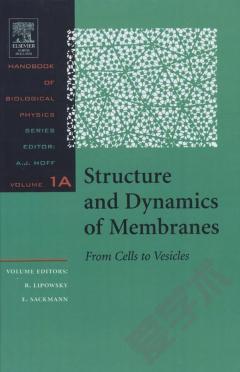
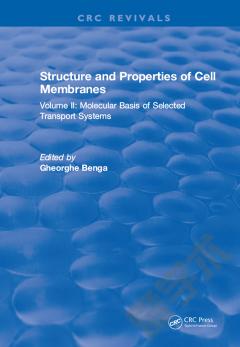
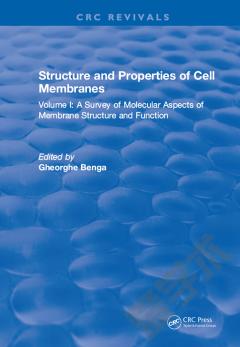
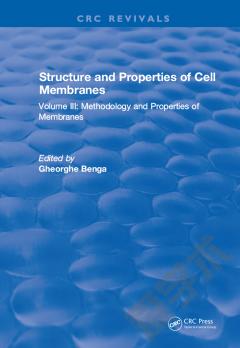
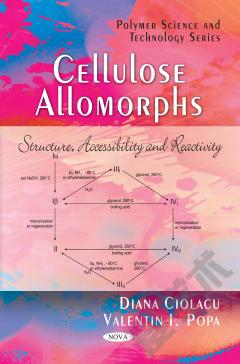
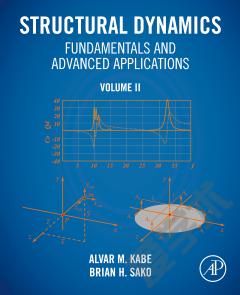
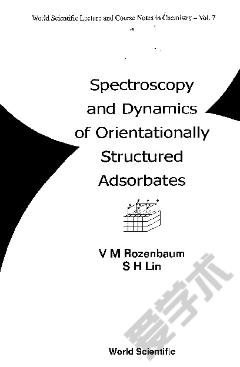

 京公网安备 11010802027623号
京公网安备 11010802027623号